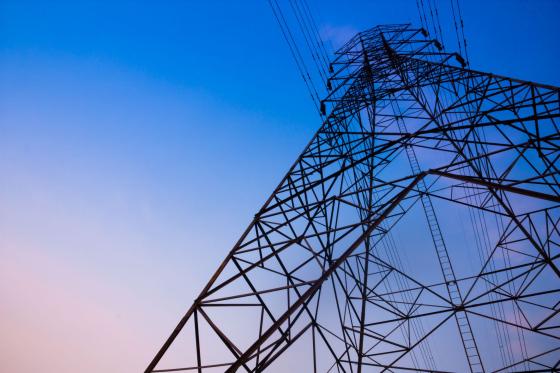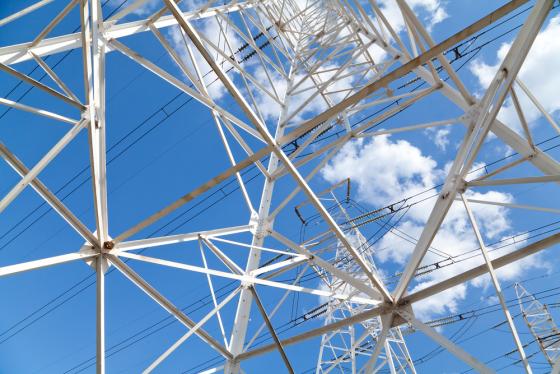Prequalification processes for the provision of balancing services
-
Electricity

2022 Market Monitoring Report - monitoring the electricity wholesale markets in 2021
As part of its electricity wholesale market monitoring, ACER conducted a study on the prequalification processes for the provision of balancing services. The ACER study:
- Provides an overview of the different electricity balancing prequalification approaches in Europe;
- Identifies some practices that may be considered by grid operators to remove market entry barriers for new and small market participants, including consumers, in providing balancing services.
Transmission System Operators (TSOs) must keep the electricity system constantly in balance. To maintain system frequency, TSOs procure balancing services from Balancing Service Providers (BSPs).
EU rules (the Electricity Balancing Regulation) require TSOs to develop prequalification processes for potential BSPs. This allows potential BSPs (such as generators or consumers) to provide proof that they fulfil the requirements for rendering one or more types of balancing services necessary to guarantee the grid frequency.
How does this ACER study support EU security of energy supply and consumers?
Demand response programmes allow consumers to adjust their consumption at key times to help grid operators to manage peak electric demand and lower system costs. Currently consumers do not participate to a large extent in electricity markets. However, the flexibility that smaller market participants (including demand response, distributed generation and energy storage solutions) could provide is needed more and more for security of supply. ACER strives to remove barriers that hamper these smaller market participants entering and participating in electricity markets.
For example, some consumers are capable of providing balancing services through bi-directional charging of their electric vehicles (EVs). For the integration of electric vehicles into balancing services, a prequalification process is necessary. This process should prove the technical suitability of the assets for providing the different types of balancing products. In the product prequalification processes for providing balancing services, the TSO verifies the compliance of the assets of the BSP with the technical requirements set by the TSO.
Report
Overall, there is considerable scope for grid operators to reduce market entry barriers to new and small market participants, including small-scale demand response, in providing balancing services.
- Electricity balancing prequalification approaches differ significantly across Member States (MSs) and across balancing products.
- Only a few TSOs apply a simplified approach to product prequalification for some balancing products on a general basis.
- Prequalification of groups of units is still not possible in some MSs. Moreover, where it is possible, some TSOs do not allow generation and consumer/demand units to be aggregated in the same group. This may represent an entry barrier for new market participants that aggregate multiple types of units (e.g. EVs, solar PV panels, household consumers, etc.).
- In the first-time prequalification of groups comprising small units (e.g. EVs, solar PV panels, household consumers, etc.), a few TSOs still require each individual unit to prequalify separately. On the contrary, some TSOs make simplifications or exceptions to simplify and speed-up the prequalification of these groups.
- There is considerable room for TSOs to simplify the re-prequalification of groups when they are subject to changes in units such as add-ons and removals. Some TSOs limit the need for this re-prequalification to only significant changes.
The ACER study showcases some practices that could be considered by TSOs to improve and simplify the product prequalification process for new and small market participants, including demand response:
- Setting a product prequalification for groups aggregating any type of technology;
- Setting a threshold for re-prequalification only after significant changes in prequalified units or groups;
- Using type-approval for small units;
- Verifying the compliance of assets to technical requirements during the service delivery rather than before.
Dashboard
Check out the interactive charts (filter by country or balancing service).


